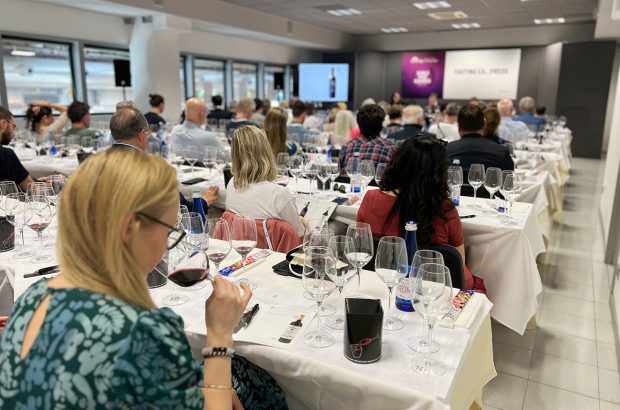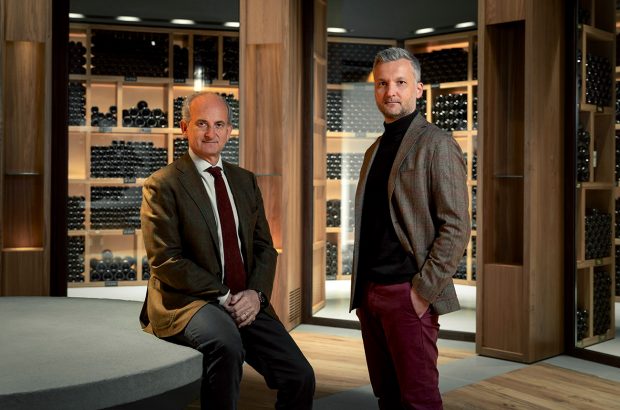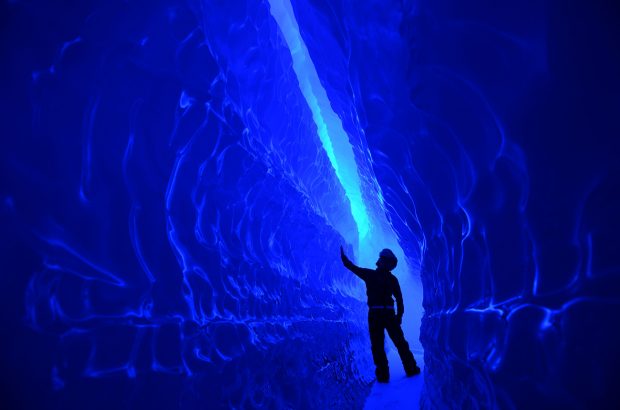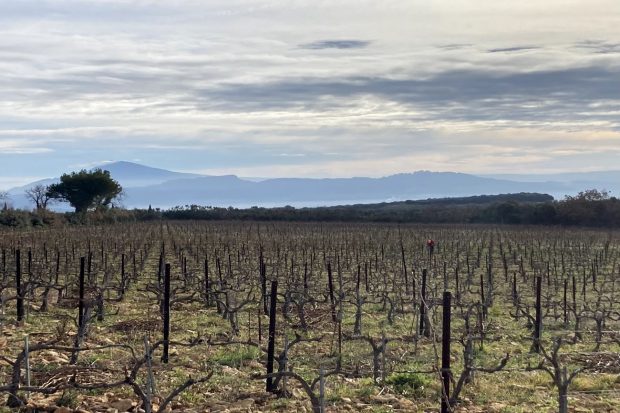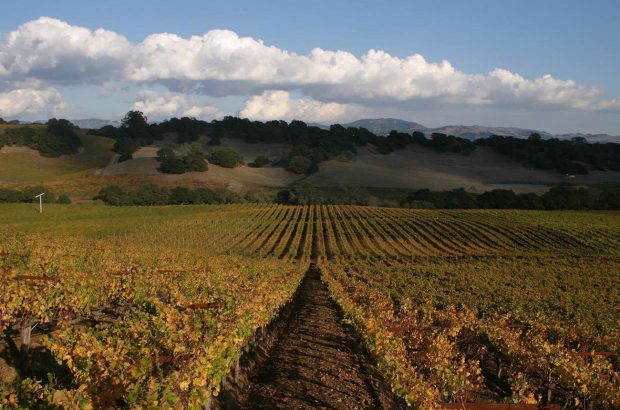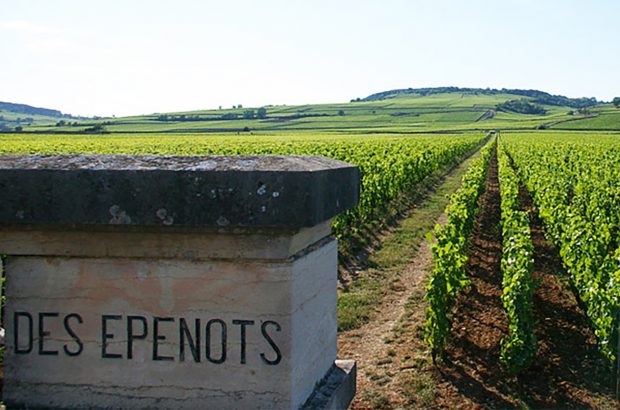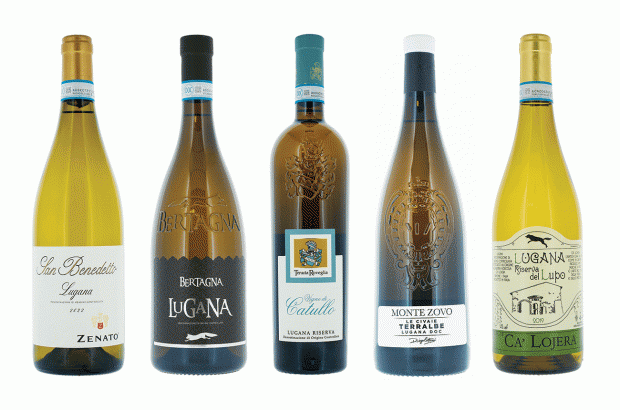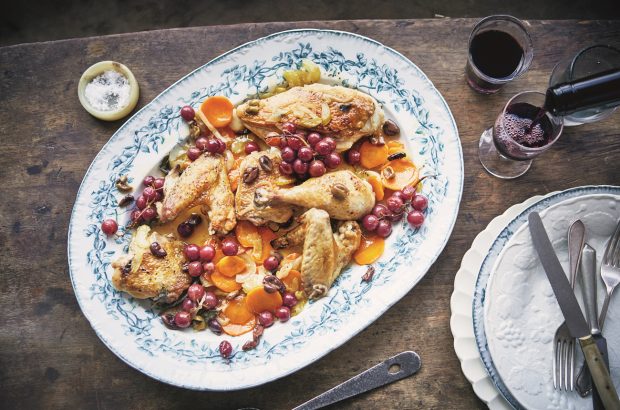- Georg Riedel didn’t get where he is today without a fine sense of delicate balances.
- Over the past 20 years Barbera has evolved into a less robustly rustic wine.
- Barbera’s new best friend was the Hermitage glass in the ‘Sommelier’ range.
The expert was in Cocconato on business, but this being Piemonte there would also be a heroically multifarious lunch, and a proper visit. The hostess had an interest beyond business, and showed the expert her impressive collection. One piece caught his eye, and she brought it out of the cabinet; it was an impressively carved and painted object with a silver cap. An antique stein for lager, she thought. No, the expert said, it was actually a sputum cup, carried around by tubercular patients to prevent the spread of infections. However, he added, it was obviously made for a noble or at least rich patient, a thing of beauty anyway. Georg Riedel didn’t get where he is today without a fine sense of delicate balances.
A dozen of us had come to Casa Brina, the Bava family home and wine cellars, on serious business, something like a christening. In the world of music, arrival at the top was often signalled by garnishing a new culinary creation with the star’s name – peach Melba (and for an encore Melba toast), spaghetti Caruso, chicken Tetrazzini, and tournedos a la Rossini, for example. When Pavlova danced Down Under, Australia got a new dessert. With wines, the process is simpler, and a lot less caloric – a wine’s ascension is confirmed when Riedel designates a glass for it. On this day, it was Barbera’s turn.
We were a mixed group – a few Italian food and wine writers, a couple of chefs, a viticulturist, and winemakers from Asti and Alba (the two leading DOCs for Barbera), including Angelo Gaja and Beppe Bologna, whose father Giacomo helped begin the elevation of Barbera back in the early 1980s with the release of Bricco dell’Uccellone, a version aged in small French oak barrels. Beppe had donated a 1985 bottling of that benchmark wine, one of four slightly different styles and vintages that would define the best glass for the less robustly rustic wine which Barbera had evolved into over the past 20 years, thanks to improved site selection, lower yields, careful malolactic fermentation, oak ageing, and determination.
In the cool, ancient cellar, we worked quickly and ruthlessly, tasting and retasting, voting our way through a steady process of elimination as 12 became nine, then six, then at last three. As always happens with this exercise, we were struck by the differences in how we perceived the same wines in different glasses. In the end, we decided that Barbera’s new best friend was the Hermitage glass in the ‘Sommelier’ range.
Over the splendid lunch, Gaja thanked Riedel for helping winemakers to show their wines at their best and the Bava family for a very good day, then tried to inveigle a couple of recipes from Signora Bava, but she wasn’t divulging any secrets, even in the face of his considerable charm. She did, however, make sure that Georg got a second helping of the chocolate pudding, making sure he’ll never forget Cocconato. Personally, I’m rooting for Dolcetto to keep improving, in hopes of a return engagement sometime soon.






